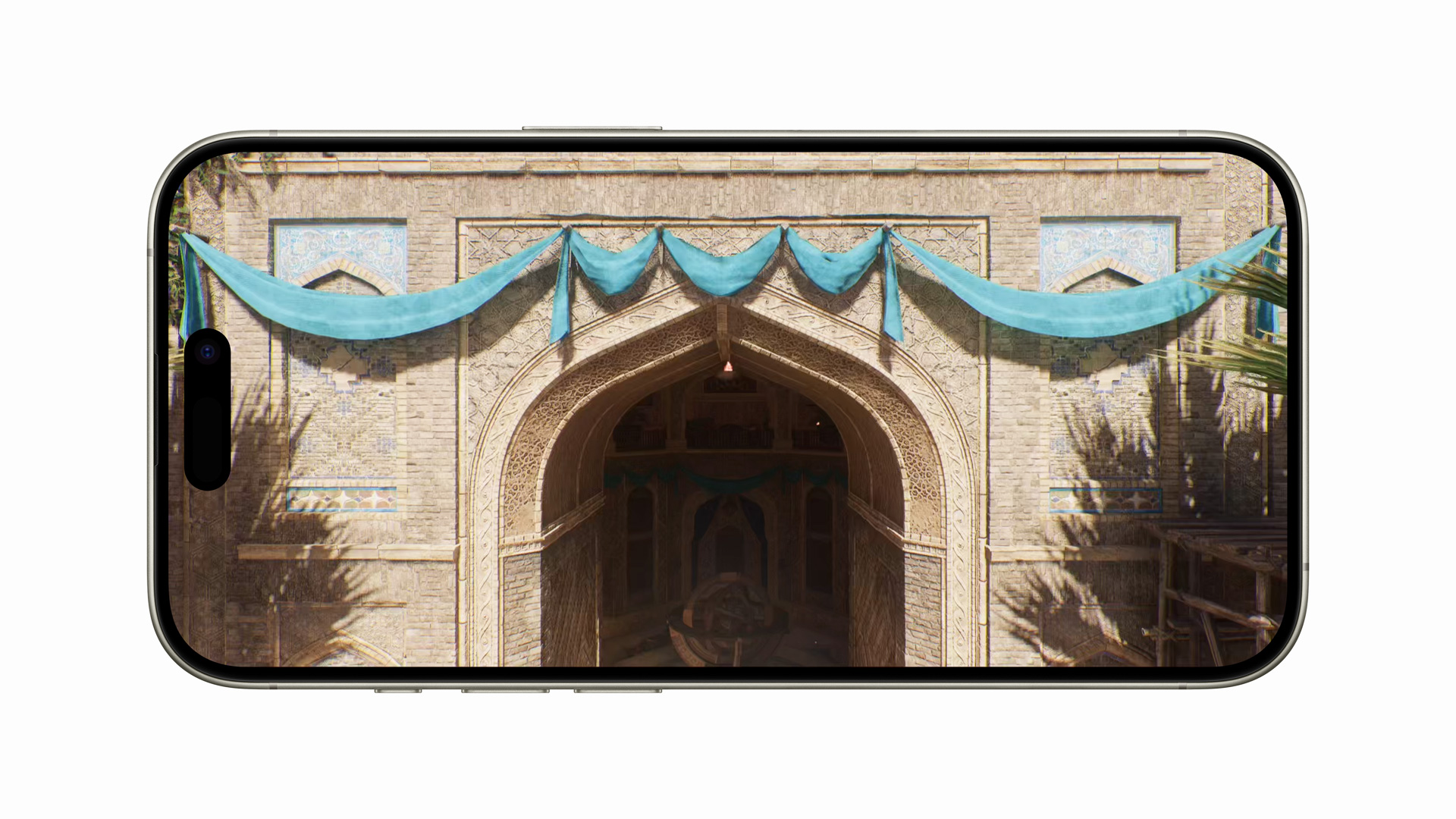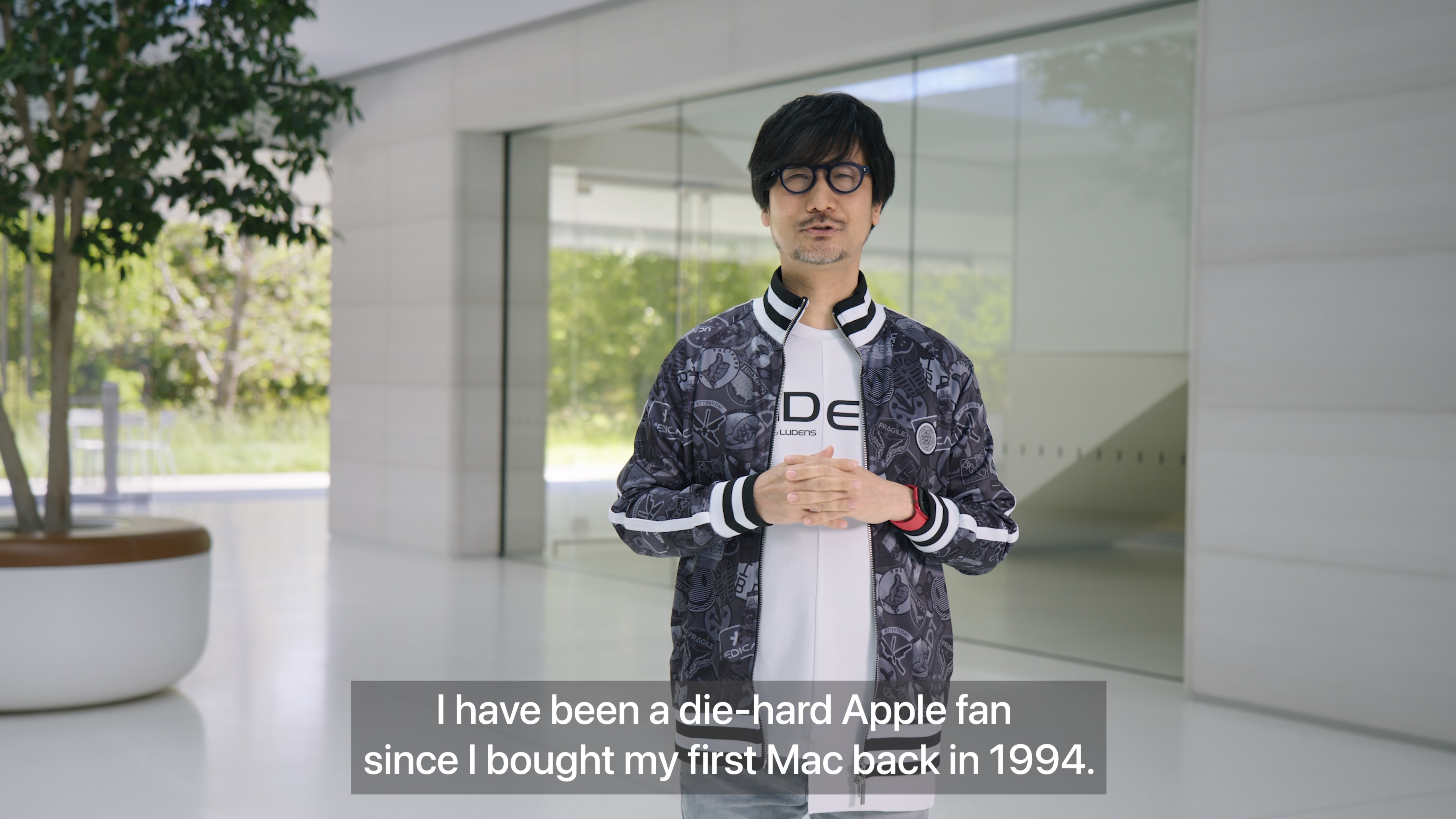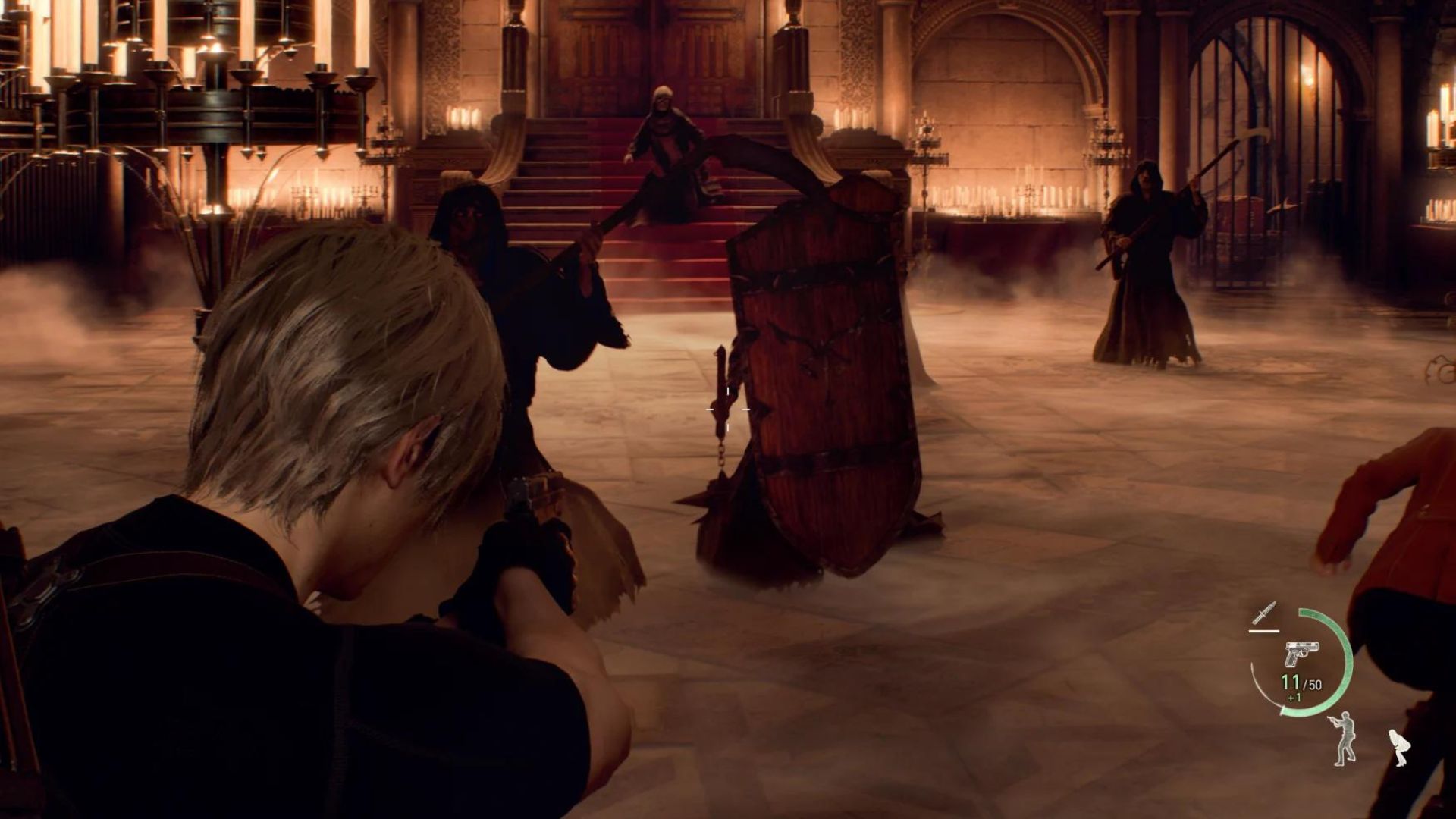Apple pitched the iPhone 15 Pro as the ultimate gaming handheld – but can Apple really take it to the next level?
Opinion: World 15-1 Pro.

There’s a crushing inevitability about one aspect of Apple Events. Apple wheels out a developer. Famous AAA game is coming to product Apple is showcasing, we’re told. It’s a new dawn for Apple product gaming!
The game arrives. And then: crickets – until the next event, where time loops, in a slightly different way, like we’re living a phoned-in episode of Doctor Who.
This time, at its Wonderlust event, Apple got excited at having created “the best mobile gaming platform in the world”: the iPhone 15 Pro, with its A17 Pro chip and swanky new GPU. Clever types talked about efficiency and sustained game performance. Hardware-accelerated ray-tracing! (“The best on any smartphone.”) MetalFX Upscaling for high-quality graphics while using less power! Dynamic lighting! Faster response times! Photo-realistic furrowed brows!
OK, that last one was me, as Apple explained how this iPhone’s new bits – along with its existing bits (HDR display; game controller compatibility) – would usher in a new era of mobile gaming, where titles once only available on consoles and PCs would be able to run on a device that fits inside a pocket.
Game on
Don’t get me wrong: much of this is gold. Better tech: great. Apple pushing the boundaries of what’s possible on mobile: fantastic. More publishers supporting Apple with high-end games that run on Mac, iPad, and iPhone: yes, please. This followed other game-centric efforts, such as Game Mode and the Game Porting Toolkit for macOS Sonoma.
But I have thoughts. First, AAA games are huge. How much iPhone storage will Assassin’s Creed Mirage eat? How will it play if you’ve no physical controller? How hot will hours-long sessions make your iPhone? How much will it cost?
Convincing people to part with 50 bucks for an iPhone game, no matter its quality and heritage, is optimistic in a world where a race to the bottom started 11 seconds after the App Store’s debut. Prior PC ports suffer from this. Grid Autosport costs just $10. Civilization VI is… many more dollars, but with firesales every other day.
Master your iPhone in minutes
iMore offers spot-on advice and guidance from our team of experts, with decades of Apple device experience to lean on. Learn more with iMore!
Also, remember the AAA games mentioned at Apple’s event are only new to phones. Resident Evil Village is two years old and even rocked up on Switch last year. Death Stranding coming to Mac, iPad, and iPhone is pretty cool, but it came to PlayStation 4 first – in 2019. Although maybe that will knock the price down when it debuts.

Game time
There are other reasons to be cynical. Lest we forget, Apple had the component parts of something Switch-like for years: Apple TV; AirPlay; iPhone; iCloud. But it took forever to do anything with them. Even when it did, Apple TV gaming went nowhere. Its App Store Games tab has all the activity of the commercial Commodore 64 scene, circa 1995. And there’s no indication these new AAA iPhone games will reach it, nor whether its A15 bionic would be powerful enough to run them well.
Elsewhere, Apple Arcade held promise, starting out as a showcase for innovative mobile games. Then Apple panicked about engagement and retention and filled it with grindy mobile fare with IAPs ripped out. It remains solid value, but too much of the quality comes from existing App Store titles with a + welded to them.
Still, I want to believe. Every year, someone claims it’s the one where Apple gets serious about games. Occasionally, that someone is Apple. I recall iMac optimism in 1998 and devs beaming about the iPhone 15 years later. But iMac gaming stalled, and on the iPhone Apple burned goodwill (opaque, inconsistent reviews; lagging controller support; poor indie visibility; Game Center’s white screen of death) to the extent many amazing game creators left for Switch and PC.
Game over

Even with the prospect of the iPhone 15 Pro, Apple retains a blinkered view of gaming. App Store rules effectively ban emulators and native streaming apps. Perhaps Apple fears competition and it will take legislation to make an even playing field. But in my experience, gamers… like games. Native Xbox Cloud Gaming and Retroarch wouldn’t kill native App Store games and Apple Arcade – they’d merely position the iPhone as the platform for all gamers.
Naturally, other mobile platforms aren’t perfect either. Switch is underpowered. Steam Deck is the size of a suitcase and has a battery life of 11 seconds. Android’s flexibility is offset by users so hostile to spending money that most AAA devs won’t touch it. So Apple has advantages, potential, and the pieces it needs to take the lead. But does it have the culture and passion for gaming at the highest levels, or is it again just going through the motions to sell shiny new hardware?
I hope things will be different this time. I fear in a year or two, we’ll all have the exact same conversation as Apple “revolutionizes mobile gaming” with that year’s fancy new tech (and enthusiastic developers on standby), but still sits atop gaming foundations rockier than a level of Boulder Dash.

